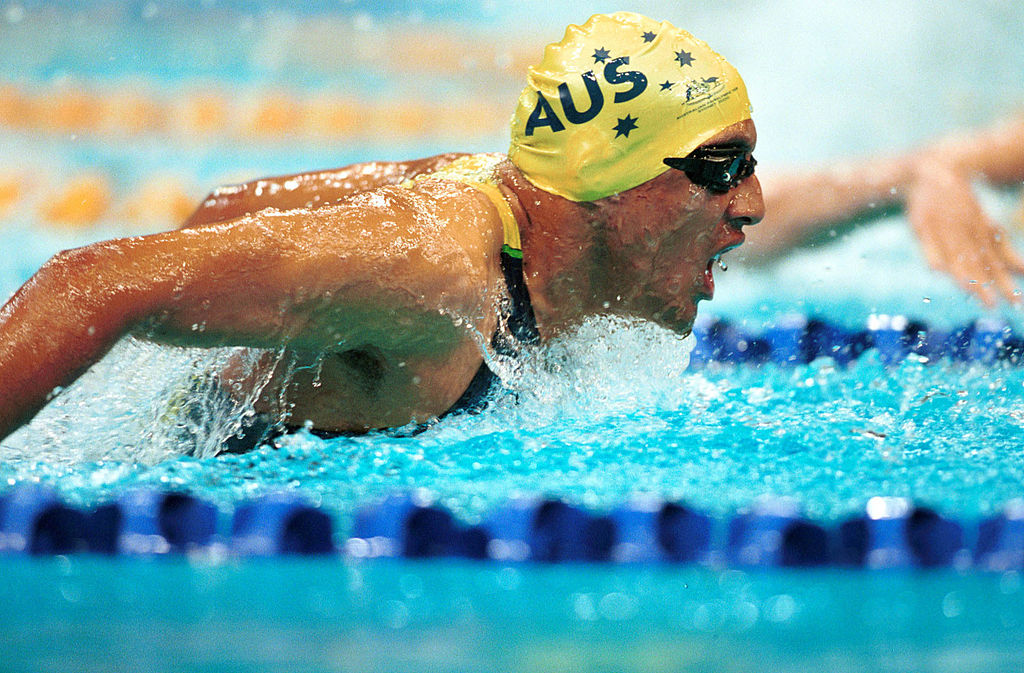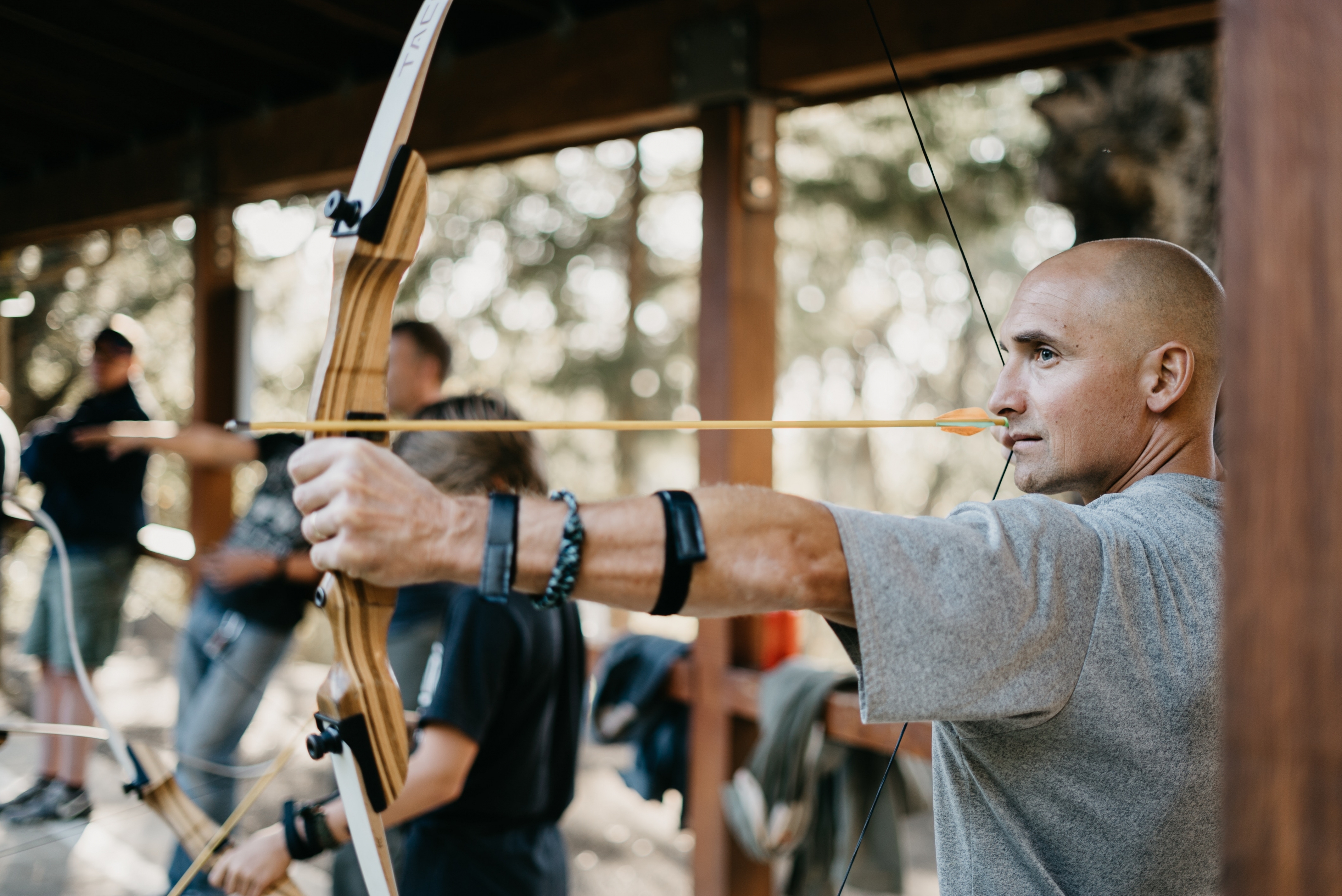How practice changes the brain
We tend to think of elite athletes as being gifted with natural talent—some innate quality that just makes them better at swimming, running, football or gymnastics. Sure, we all know they practise a lot, but we often see this as honing or developing a natural skill or talent to a world-class level.
But is innate talent essential, or could we all be athletes with plenty of time and practice?
Scientists continue to investigate the relative importance of genetic factors in athletes’ superior abilities, both mental and physical. An Australian study looking at road cyclists found that professionals outperform recreational cyclists in their inhibitory control—the ability to regulate strong or automatic responses and suppress irrelevant information. Inhibitory control is thought by many to be an inheritable or stable trait, so it’s possible that this superior control does indeed come down to an athlete's genetic make-up.

Athletes train a lot—like more than a lot. Elite swimmers, for example, can spend up to six hours a day in the water. The results are visible in their body’s speed and agility, and in their physique, with swimming muscles strengthened and toned from many sessions in the pool. But practice not only changes athletes’ bodies; it also changes their brains.
While human brain development is over by around the age of 25, our brains continue to change throughout our lives. Depending on our experience, including the memories we revisit and the skills we practise, some synaptic connections (connections between neurons) become stronger, while others wither away. This ability of our brains to change is known as plasticity.
Learning a new skill can be hard at first, but the more we do something, the stronger the neural pathways associated with that skill become, and the task becomes easier. If we practise enough we may even begin to run on ‘autopilot’—with our actions becoming automatic and unconscious. And, as you’ll know if you’ve ever ‘overthought’ a tricky dance or sporting move, interfering with this unconscious process can actually worsen performance.
So, what does the move towards greater automaticity look like in the brain? One study looked at the brains of novice, expert and elite archers performing a simulated archery task. The novices showed widespread brain activity when performing the task, especially in a number of frontal areas of the brain related to controlled planning. Experts, by contrast, showed reduced activity in these areas; as an activity becomes more automated and less controlled, the experts appear to rely on specialised processing in particular areas in the brain. This reduction of general, widespread activity in the brain in favour of specialised, localised processing may be what makes it possible for expert athletes to make decisions quickly, efficiently and using less energy than novices.

When a difficult skill like archery (or swinging a golf club, or learning to dance) is new for us, we need to think carefully about every small part of the movement involved, which takes a large part of our attention and is very demanding for our frontal lobes. With extensive practice, as is the case for elite athletes, many parts of the action become more precise and automated. That frees up our attention so that we can focus more on making decisions or fine-tuning adjustments to optimise performance.
Practice can even change the structure of the brain. One famous study looked at the effect of practice on the brains of London cab drivers preparing for the fiendishly difficult test of the city’s geography known as the ‘Knowledge of London’. It found that the posterior part of the hippocampus (an area especially important for spatial memory) was enlarged in these drivers—and it became bigger the longer they did their job.
A similar thing happens when people learn new motor skills. A study of professional divers found that the cortex of certain areas of their brains became thicker the more years of practice they had—especially the area known as the parahippocampal gyrus, important for acquiring spatial information. Expansion in the cerebellum, the part of the brain which coordinates and regulates muscular activity, has also been observed in rock climbers, basketball players, badminton players and short-track speed skaters.
It may be that differences in genetic make-up may impose limits on the level of performance an individual can attain, or may shape how they respond to training. However, putting in many hours of deliberate, focussed practice is vital for skill development in athletes and novices alike.





